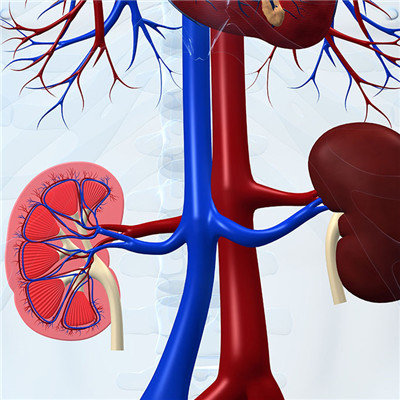What are the three types of spontaneous pneumothorax?
summary
Pneumothorax is one of the common diseases in thoracic surgery. According to the causes, it can be divided into primary pneumothorax and secondary pneumothorax. Primary pneumothorax is the first one in spontaneous pneumothorax. Spontaneous pneumothorax can be divided into three types according to the intrapleural pressure and visceral pleural break. The following are introduced in turn;
What are the three types of spontaneous pneumothorax?
Closed pneumothorax, also known as simple pneumothorax, is mainly due to rib fracture and other reasons, resulting in pleural rupture, the air in the lung into the pleural cavity to form pneumothorax. After pneumothorax, the damaged visceral pleura closed itself, and no air entered the meningeal cavity during exhalation and inspiration. The pressure in the pleural cavity increased and decreased after aspiration. The needle remained for 2-3 minutes to observe that the pressure did not rise again. The gas in the pleural cavity can be absorbed by itself, the pressure can restore the negative pressure, and the lung will be re opened. Small amount of pneumothorax with lung collapse less than 30% may have no obvious symptoms and need no special treatment. It can be absorbed in vain after 1-2 weeks; The patients with massive pneumothorax and lung atrophy more than 30% may have chest tightness, shortness of breath, dyspnea and other symptoms. The trachea moves to the healthy side, the percussion on the injured side shows drum sound, and the auscultation breath sound weakens or disappears.

Open pneumothorax is also known as traffic pneumothorax. All factors that can lead to chest injury can cause open pneumothorax, such as small shrapnel, low-speed bullet, knife, glass, etc. Open pneumothorax is more common in traffic accidents and industrial accidents in peacetime, and in weapons and sharp weapon injuries in wartime. In open pneumothorax, the pressure of the injured side is equal to the atmospheric pressure, and the lung collapses. The degree of collapse depends on the compliance of the lung and the adhesion of the visceral pleura. The negative pressure in the pleural cavity of the contralateral side was still lower than that of the injured side, which made the mediastinum move to the affected side, and the lung of the contralateral side collapsed to a certain extent. Lung collapse can reduce lung volume and tidal volume, lose ventilation function and produce right to left shunt in the lung, resulting in hypoxemia.

Tension pneumothorax, also known as high-pressure pneumothorax, is a kind of tension pneumothorax caused by rupture of large alveoli or deep lung laceration and bronchial rupture. When expiratory, the valve was closed, and the air in the pleural cavity could not be discharged into the bronchus; When inspiratory, the valve opens, and the air enters the pleural cavity through the pleural break, which leads to the accumulation of air in the pleural cavity, the obvious increase of thoracic pressure, and the formation of high pressure, which affects the lung gas exchange and blood circulation. Therefore, emergency exhaust treatment should be carried out. Pleural manometry showed that the pressure increased significantly, positive pressure, and decreased slightly after aspiration. The pleural pressure rose again to positive pressure after 2-3 minutes of needle observation.

matters needing attention
In conclusion, spontaneous pneumothorax can be divided into the above three types. The symptoms and severity of the three pneumothorax are different. It is necessary to distinguish the types of pneumothorax and take different treatment methods. Patients should take more physical exercise to enhance immunity and avoid cold, but the intensity of exercise should not be too large. Communicate more with family and friends, don't isolate yourself from others. Eat more fresh fruits and vegetables, breathe more fresh air, rest on time and keep in a good mood.
















